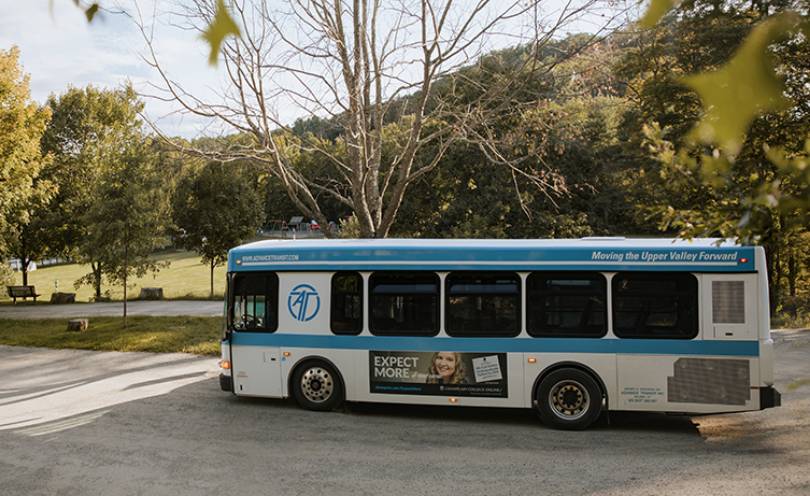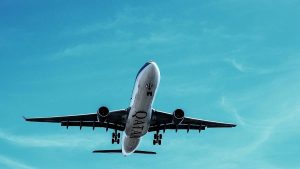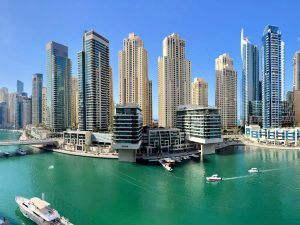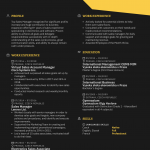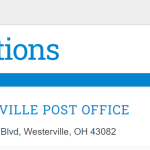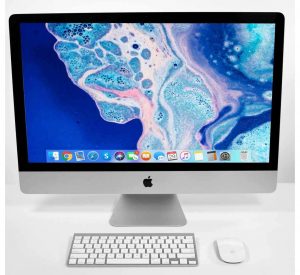Public Transportation Options in Big Cities
If you’re in a big city and looking for a way to get to your destination , there are many options to choose from. For example ,Public Transportation you can use a subway system to get to the other side of town without the hassle of traffic. You can also take the AirTrain in Newark, which connects to NJTransit and Amtrak trains.
Newark’s AirTrain connects to NJTransit and Amtrak trains
The Newark AirTrain connects Newark’s airport to the Northeast Corridor, allowing travelers to travel to and from the city. This rail station is located on the Northeast Corridor in Newark, New Jersey and provides access to Newark Liberty International Airport. The train connects to the airport via a monorail.
The Newark AirTrain is a monorail system that operates between the airport and nearby stations in Manhattan, Philadelphia, and Newark. Riders can take the AirTrain to any NJTransit station in the city or to any regional hub like Penn Station in New York. The ride takes five to 11 minutes, depending on the destination. The train is also ADA-compliant and provides easy access to passengers with disabilities.
The AirTrain connects three airport terminals to public transportation and parking areas. It is operated by the Port Authority of New York and New Jersey. However, the system only serves three terminals at the time. After arriving at the station, you can take NJTransit or Amtrak trains.
Customers can purchase tickets from NJTransit Mobile App or at the boarding stations. For those who prefer to purchase tickets in person, they can purchase them from ticket vending machines. However, they cannot use MetroCards to pay for tickets. Customers can also use the PATH, which connects Newark Airport to NJ and New York City.
Boston’s South Station
Boston’s South Station is a major transfer point for the MBTA’s bus and rail rapid transit systems. It is located in downtown Boston near the intersection of Atlantic Avenue and Summer Street. It is the second busiest transportation hub in New England. South Station is also a hub for the Silver Line subway and the MBTA’s Red Line rapid transit system.
The Silver Line began rolling out to South Station in the mid-2000s, an outgrowth of the Big Dig. In addition, the state began a major expansion of South Station, including the construction of seven additional tracks and relocation of a postal annex. However, the expansion is still in its planning stages.
The South Station train station is located adjacent to the South Station bus terminal. This terminal is serviced by several bus companies, including Peter Pan and Greyhound. It offers service to all of New England, upstate New York, Philadelphia, and Washington, D.C. The bus terminal also has a concession area.
South Station is also home to many businesses. In addition to restaurants and cafes, there are stores and a pharmacy. The station also has an ATM. The ATMs are accessible and accept most credit cards. However, there may be a fee if you use a non-bank card.
San Francisco’s Bay Area Rapid Transit
Bay Area Rapid Transit serves the greater San Francisco area, with 50 stations on six routes and 131 miles of rapid transit lines. The system also has a 10-mile spur line. It provides access to the most popular destinations in the city. It is free to use and has very low fares, and it is one of the best ways to get around the city.
BART is governed by a nine-member board that is directly elected by voters in three counties, including San Francisco. It also has five board-appointed officers, including a General Manager, Controller-Treasurer, Independent Police Auditor, General Counsel, and District Secretary.
BART operates the San Francisco Bay Area Rapid Transit system and connects the city to Alameda, Contra Costa, Marin, San Francisco, and San Mateo counties. In 1957, the California State Legislature established the San Francisco Bay Area Rapid Transit District. The BART district consists of San Francisco, Alameda, and Contra Costa counties. Each board member represents a specific geographic area in the district. The San Francisco Bay Area Rapid Transit system is the fifth busiest mass transit system in the US and is home to 433,000 commuters each weekday. It has 45 stations and five routes, serving cities in San Francisco, Alameda, and San Mateo counties.
Besides BART, there are other public transportation options in San Francisco. There are two local shuttles and three regional bus lines. One of them connects the San Francisco Ferry Building to Treasure Island. Another one connects the Presidio to several Muni stations. Finally, there is a shuttle service that runs between Presidio and Van Ness BRT stations, which is open to the public.
New York City’s subway system
The system is owned by the city, and operated by the New York City Transit Authority, an affiliate agency of the state-run Metropolitan Transportation Authority. It consists of underground tunnels, elevated tracks, and bus lines. The subway carries more than three million passengers daily. It is the fastest way to get around the city and to other parts of the state.
The New York City subway system went through a period of decline in the 1970s, when deferred maintenance led to service cuts, and ridership decreased. The city’s political leadership had to intervene in order to fix the system. However, the problems continued until the 1990s, when ridership began to stabilize and slowly increase, thanks to the introduction of the MetroCard. Although ridership is now back to pre-crime levels, the MTA is still suffering a financial setback. It is estimated that the system will carry a $1 billion debt by 2022.
When traveling by subway, be sure to allow extra time to get where you need to go. If there are empty cars on the train, it may mean a long, unpleasant wait. To avoid waiting too long, make sure to check the subway map at the station you’re headed. You can also use the MTA’s app to find a map by borough, commuter rail line, and bus line.
Taxis
Taxis are one of the most convenient ways to get around a city. However, if you want to save money, you may want to use public transportation instead of a taxi. If you have a small trip, you can take the subway or bus. But, if you need a longer journey, you can always hire a cab. A taxi’s base fare is usually around $2.45 USD.
public transportation Taxis are metered and you can hail one by raising your hand or making eye contact with the driver. When hailing a taxi, you should give the driver the address of where you are going. Although fares are metered, you should consider tipping a few dollars to the driver. In general, you should tip ten to fifteen percent of the total fare.

